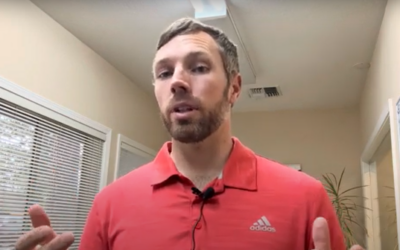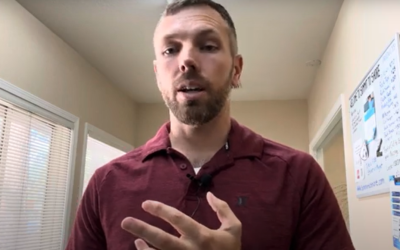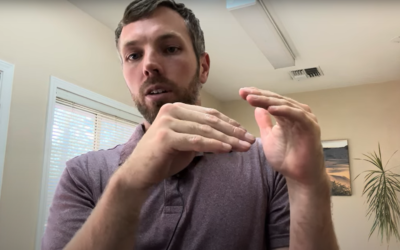I have had a recent increase in the number of knee injuries that have been coming in.
The most common type of knee pain or injury would be called patellofemoral pain syndrome. This typically includes pain right at or around the kneecap or below the kneecap. This injury can be a gradual onset and can come on over a course of abnormal movements. The first priority would be to assess the stability of the knee. This would include things like the anterior cruciate ligament (ACL), meniscus, medial or lateral collateral ligaments (MCL and LCL), or other muscles and ligaments around the knee. Depending on how you got injured there are different structures that are stressed. With skiing there is a lot of twisting that occurs and commonly will affect the ACL, but this can occur with various winter or summer activities. Common symptoms for a more serious knee injury would be things like knee feeling like it gives away, you feel unstable on the knee, catching or buckling, or locking of the knee. When some of these symptoms come after a trauma or fall, this is more concerning.
Going back to the patellofemoral pain syndrome, let us take a look at the knee. The kneecap should move in a little groove on the femur and if it does not, it can cause pain. The big concern is that this movement of the kneecap is determined by either the hip above it, or the ankle below it. If the weakness in the hip is unable to support a good angle of the knee, this is a common cause of knee pain. The other is the ankle not moving up, dorsiflexion, enough will typically cause the foot to flare out and change the orientation of the tibia and then effecting the knee positioning. This altered mechanics will likely cause pain at some point due to abnormal stress for a long period. For example, if I do a squat and my knees dive in towards each other versus going straight over the toes, this will affect the mechanics of the knee. This will not usually result in a tear of a ligament in these injuries, causing instability, but it is a mechanics concern and putting pressure on some areas of the knee more than it should until it fails and becomes painful. This will usually happen along with fatigue. For instance, you never fell or felt like you tweaked knee but skied or performed activities for seven days in a row and that seventh day the knee starts to hurt. You fatigued the muscles of the knee, you altered your mechanics, and then irritated the inflamed area.
The good news is that conservative treatment, like I do in my office, tends to work well with these injuries. Things like manipulation/adjustments of the knee, Graston or instrument assisted soft tissue mobilization, cupping, flossing, taping, and/or strengthening/rehabilitation are some of the best options to improve this type of injury. Let us know if you have any questions and come in for an assessment to see what you may be able to do to improve and support better knee health for more fun doing what you love.
Here is another video describing more of where the pain is on the knee can mean a lot. This research article goes more into detail about how knee pain can alter the way the brain fires muscle activation.
Tahoe’s Premiere Sports Chiropractor
Follow us on
Facebook https://www.facebook.com/summittoshore/
Instagram https://www.instagram.com/summittoshore/





